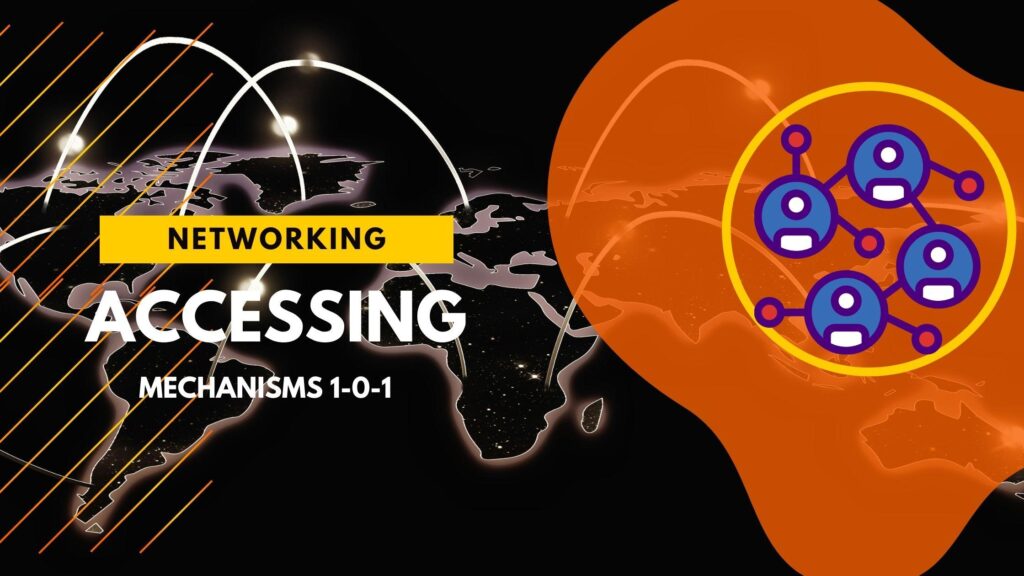Follow Us:
Network Security Monitoring Tools In 2022

As we enter the new decade, it’s time to start looking ahead at the trends and technologies that will shape the next 10 years in network security.
The landscape of network security monitoring (NSM) is always evolving. In order to stay ahead of the curve, it’s important to be aware of the latest NSM tools and trends. Here’s a look at what you can expect to see in the world of NSM in 2022 and beyond.
- Increased focus on cloud-based NSM tools
As more and more businesses move to the cloud, NSM tools will need to be able to keep up. This means that we can expect to see an increase in the number of cloud-based NSM tools on the market.
- More sophisticated machine learning capabilities
Machine learning is already being used to help improve the accuracy of NSM tools. In the future, we can expect to see even more sophisticated machine learning capabilities being used to help detect and prevent security threats.
- Greater integration of NSM tools
In order to make the most of NSM tools, businesses will need to start integrating them into their existing security infrastructure. This will allow NSM tools to share data and insights with other security tools, which will ultimately improve the overall security of the organization.
- More user-friendly NSM tools
As NSM tools become more complex, there will be a greater need for user-friendly interfaces. This will allow non-technical users to be able to use NSM tools without needing to have a deep understanding of how they work.
- More affordable NSM tools
As Network Security Monitoring tools become more mainstream, we can expect to see a decrease in the price of these tools. This will make NSM more accessible to small businesses and organizations with limited budgets.
In this blog, we’re going to watch five key areas of “Network Security Monitoring Tools”.
1. Artificial intelligence and machine learning
Artificial intelligence (AI) and machine learning (ML) are two of the most buzzed-about technologies in the cybersecurity world today. And for good reason: when it comes to protecting networks, these cutting-edge technologies have the potential to revolutionize the way we do security.
But what exactly are AI and ML, and how can they be used in network security monitoring? In this blog post, we’ll answer these questions and more, giving you a comprehensive overview of AI and ML in network security.
So, what are AI and ML?
Put simply, AI is a process of programming computers to make decisions for themselves, while ML is a subset of AI that involves teaching computers to learn from data.
When it comes to security, AI and ML can be used to create and deploy sophisticated defences against cyber threats. For example, AI can be used to create honeypots – decoy systems designed to lure in and trap attackers – and ML can be used to automatically detect and block malicious traffic. AI and ML can also be used to create what are known as ” next-generation firewalls.” These are firewalls that use AI and ML to constantly evolve and adapt to new threats, making them much more effective at stopping attacks than traditional firewalls.
Finally, AI and ML can be used to create “botnets” – a network of infected computers that can be used to launch attacks. However, AI and ML can also be used to detect and defend against botnets.
So, there you have it: a brief overview of AI and ML in network security. As you can see, these cutting-edge technologies have the potential to revolutionize the way we do security. If you’re looking to stay ahead of the curve, it’s important to keep up with the latest developments in AI and ML.
2. Zero trust security
Zero trust security is a term for security models that don’t rely on predefined trust levels. Devices and users are both treated in the same way, so it’s impossible to cut corners in the security process. Security is a fundamental element of using zero trust security, as is increasing transparency and collaboration among users.
A zero-trust security model can be contrasted with the old “castle and moat” model of security, in which everyone inside the castle is trusted and everyone outside is not. The problem with this model is that it’s possible for malicious actors to find a way inside the castle walls, at which point they have free reign to do whatever they want.
With a zero trust security model, there are no castle walls. Instead, security is provided through a combination of technological and procedural controls. For example, a user might be required to authenticate themselves before they’re able to access a certain resource. Once they’ve been authenticated, they might be granted access to that resource but also be closely monitored.
The benefits of a zero-trust security model are many. Perhaps most importantly, it’s much more difficult for attackers to exploit vulnerabilities when they don’t know where those vulnerabilities are. With a traditional security model, an attacker only needs to find one weak point to gain access to an entire system. With a zero trust security model, the attacker would need to find and exploit multiple vulnerabilities, which is a much more difficult task.
Zero trust security is an important part of modern security practices, and it’s only going to become more important in the years to come. As more and more organizations move away from traditional security models, it’s important to be at the forefront of this trend.
3. Cloud-based security

There have been a lot of discussions lately about cloud-based security and whether or not it is a good idea. There are pros and cons to using cloud-based security, and it really depends on your specific needs. Here, we will take a look at what cloud-based security is, how it works, and some of the pros and cons of using it.
Cloud-based security is a type of security that utilizes the cloud to store and manage security data. This data can include things like firewall logs, intrusion detection system logs, and other security-related information. The advantage of using cloud-based security is that it can be much cheaper and easier to manage than traditional on-premises security solutions. Additionally, cloud-based security can provide real-time visibility into your network and can be scaled up or down as needed.
One of the main disadvantages of cloud-based security is that it can be difficult to control. You are essentially trusting the cloud provider to keep your data safe and secure. Additionally, if your data is compromised, it can be difficult to determine where the breach occurred and who is responsible.
Overall, cloud-based security can be a great solution for some organizations. However, it is important to weigh the pros and cons carefully before deciding if it is right for you.
4. Endpoint security
Endpoints, such as laptops, smartphones and IoT devices, are becoming increasingly interconnected and are often the weak link in an organisation’s security. Endpoint security solutions will need to evolve to keep pace with the changing threat landscape, and organisations will need to pay more attention to securing these devices.
5. Security automation
Security is becoming increasingly complex, and organisations are struggling to keep up with the ever-changing landscape. Security automation is emerging as a solution to this problem, and it will become increasingly important in the next decade. Security automation tools can help organisations to manage and respond to security threats more effectively, and will eventually become an essential part of any security strategy.
Conclusion:
The world of NSM is constantly evolving. In order to stay ahead of the curve, it’s important to be aware of the latest NSM tools and trends. By keeping up with the latest developments in the world of NSM, you’ll be able to ensure that your organization is well-protected against the latest security threats.

